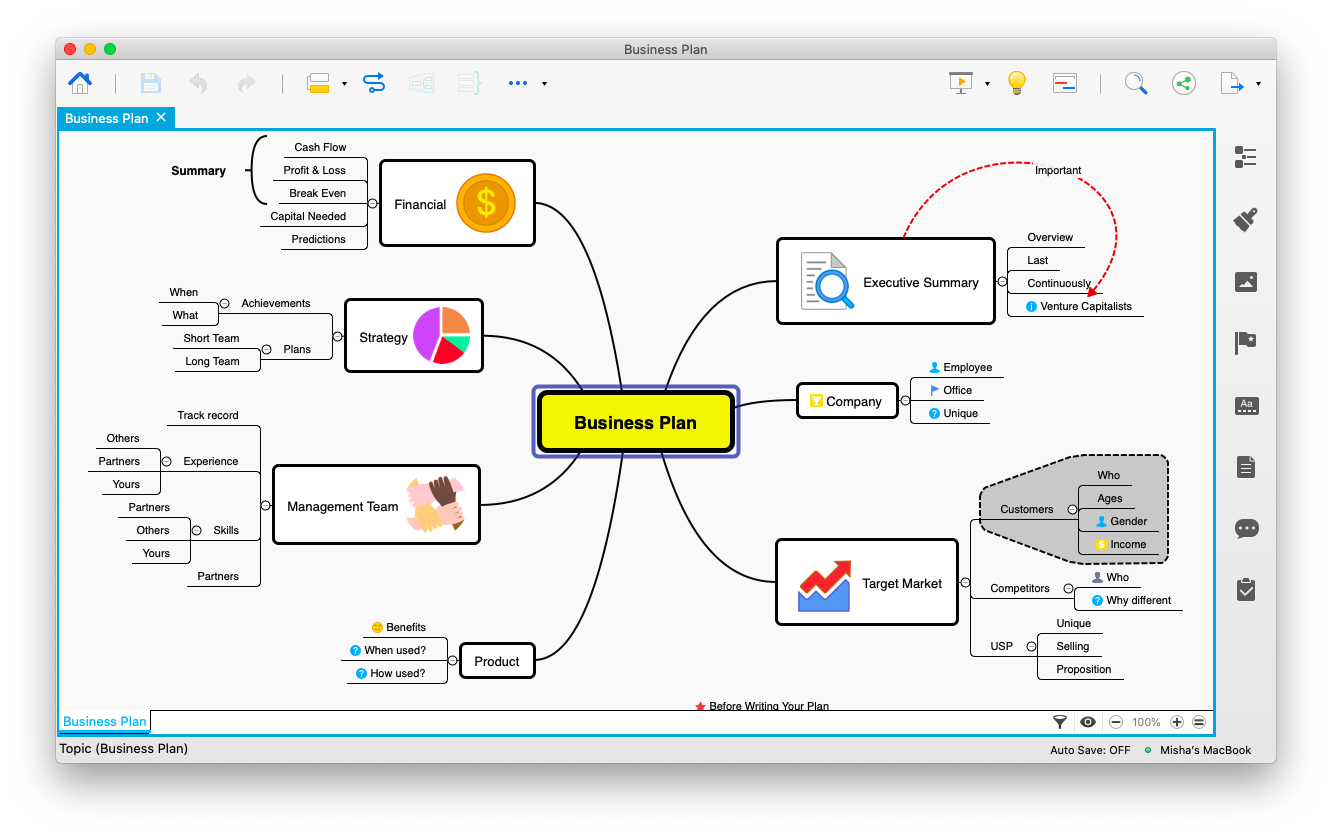


To supplement previous findings, our study aimed at (a) understanding if and how the relationship among design smells differs across windows and mobile applications and (b) determining the groups of design smells that tend to occur frequently together and the magnitude of their occurrence in windows and mobile applications.
DEFINE ROLES GANTTPROJECT SOFTWARE
This knowledge is significant for various software maintenance activities such as program quality assurance and refactoring. In this paper we compare the occurrence of design smells between different technological ecosystems: windows/desktop and android/mobile. Those symptoms have a direct negative impact on software quality by making it difficult to comprehend and maintain. Moreover, more epochs and hidden layers help increase the accuracy of the model.
DEFINE ROLES GANTTPROJECT CODE
Experimental results show that the proposed model with oversampling techniques can provide better performance for code smells detection and prediction results can be further improved when the model is trained with more datasets.

We considered four code-smell datasets which are God class, data class, feature envy and long method and the results were compared based on different performance measures. To overcome these challenges, the objective of this study is to presents deep convolutional neural network (D-CNN) model with synthetic minority over-sampling technique (SMOTE) to detect bad code smells based on a set of Java projects. Data imbalance is the main challenge of artificial intelligence techniques in detecting the code smells. It is not necessary to know the source of the data when using ANN models but require large training sets. Nowadays several artificial neural network (ANN) models have been used for different topics in software engineering: software defect prediction, software vulnerability detection, and code clone detection. Early detection of bad code smells improves software quality. Code smells refers to any symptoms or anomalies in the source code that shows violation of design principles or implementation.


 0 kommentar(er)
0 kommentar(er)
